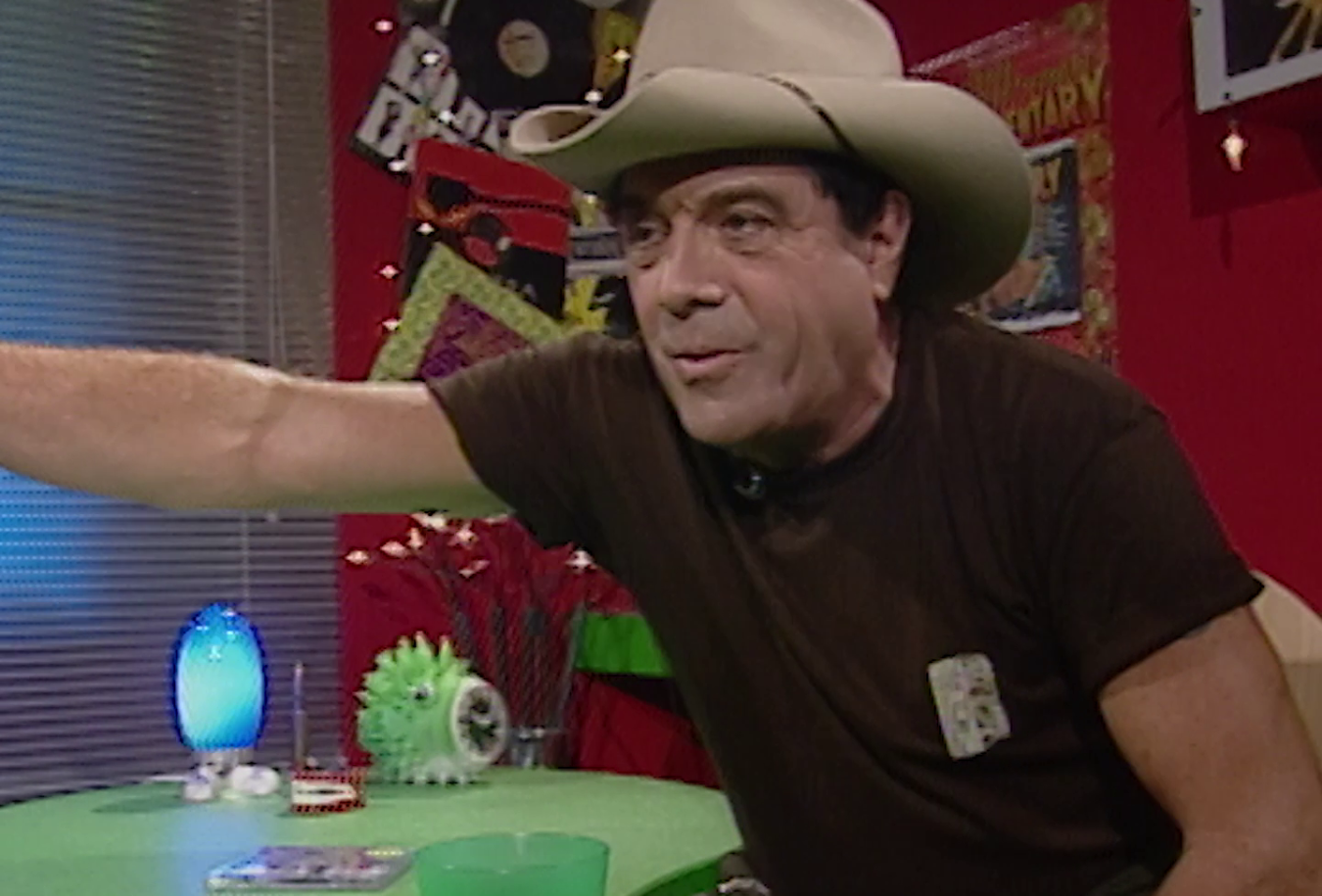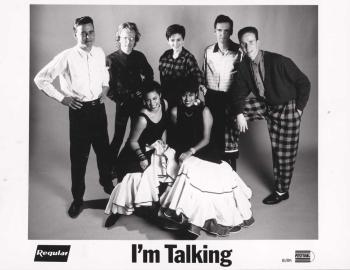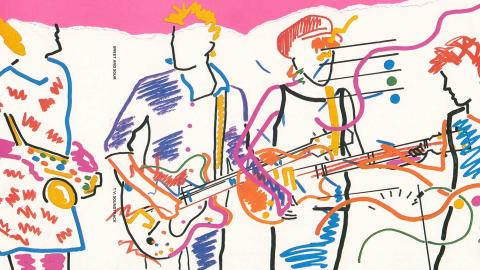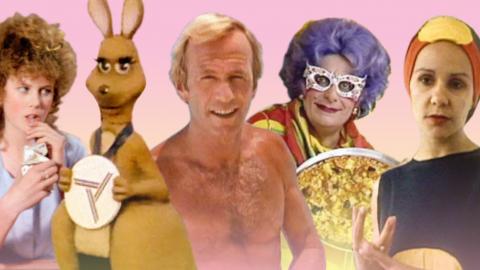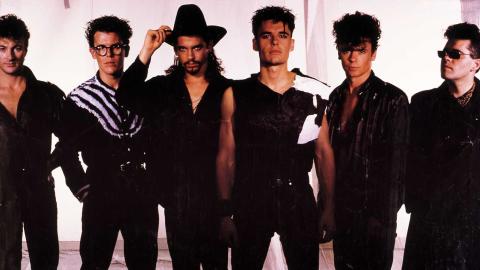Part 2 of our 2-part feature. Read Part 1
This second drop dives deeper into the undercurrents of 1984: a year when Australian music unsettled, seduced and provoked. Whether blissed-out, bruised or defiant, the sounds of that year have a powerful pull, revealing something novel about us with each listen. Curated by Sarah Little, written by Kate Scott.
